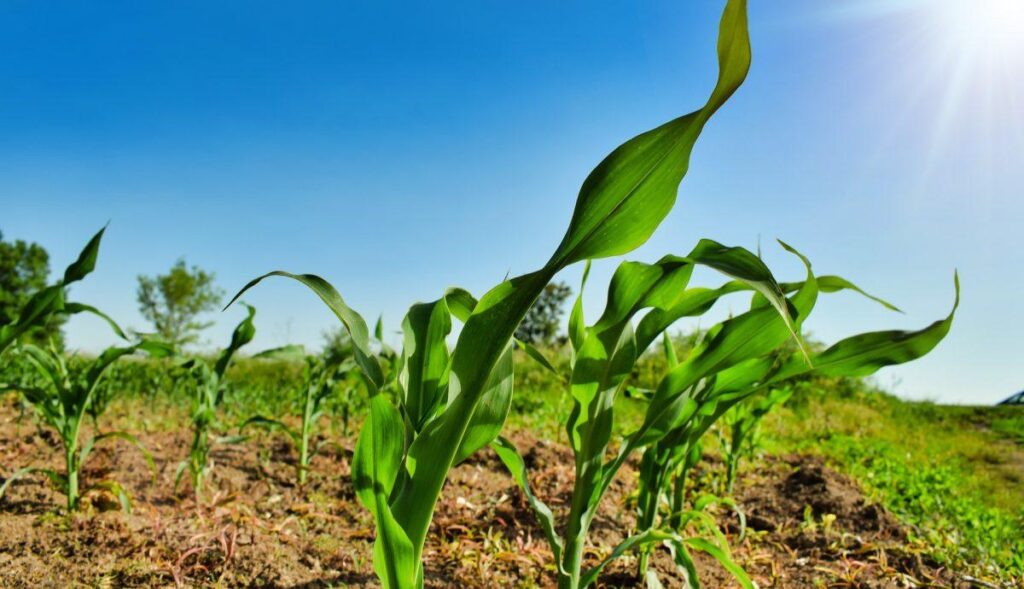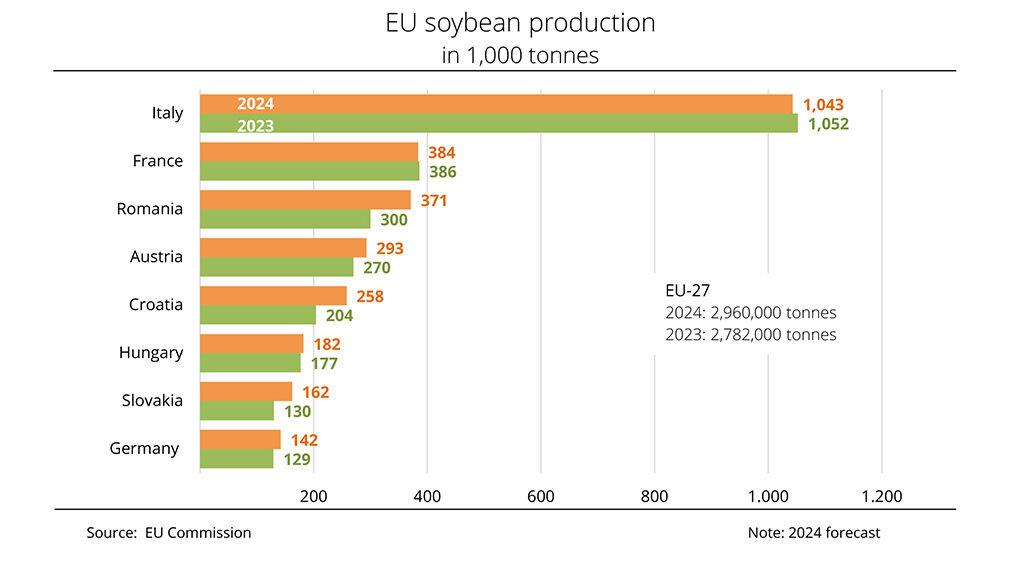With the curtain falling softly on the USDA’s freshly released acreage report, traders and analysts have shifted their gaze skyward. Following a relatively sedate revelation of planting decisions—one that so far failed to supply much dramatic flair—weather stories are nimbly stepping into the spotlight.
The acreage data for 2025 rolled out almost with a sense of déjà vu: projected total crop acreage is pinned at 337.8 million acres, tying with 2022 for the hollowest figure since 1998. That’s a swift decline of three million acres compared to last year; in fact, it continues an ongoing downtrend started back in 2014, one that for many has become more irritation than intrigue. The numbers themselves were about as rousing as elevator music during rush hour—not what anyone would label a thunderclap moment.
When statistics result in more shrugs than speculation among grain market mavens—it happens with some regularity—the conversation tends to billow around matters less quantifiable but potentially more volatile: precipitation patterns, heat domes, abnormally early frosts poking their heads where not asked. The subtle interplay between statistical outcomes and sudden changes above can leave forecasts dangling like unclaimed scarecrows over empty fields.
Throughout late spring and into summer’s opening measures, meteorologists observed showers drifting haphazardly from the Plains towards Appalachia—a pattern which caused brief fieldwork interruptions while lending considerable relief to pastures and range grasses thirsty from previous dryness. For growers staring at recently seeded corn or soy emerging shyly from furrows, this moisture spelled temporary comfort after weeks heavy with apprehension.
Yet behind these soothing spells floated less-welcome news: tempestuous systems brought outbreaks—including tornadoes spinning across the Ozark Plateau toward Mississippi Valley farms—which meant scattered pockets of damage alongside those better-watered plots. Severe thunderstorms croaked along sections of both central and southern Plains not long after April unfurled its banners; insurance adjusters no doubt busied themselves around some battered silos before May Day even dawned.
Such alternating patterns do not just test nerves—they shuffle economic perceptions faster than buzzards circling freshly turned earth. After all, what use is stable planted acreage if Mother Nature one-ups everyone’s careful planning? Nowhere is this caprice clearer than plains winter wheat; timely rain was close to lifesaving for stalks showing distress within drought-affected counties.
To make matters even more knotty—in ways only agriculture seems able—western warmth included premature melting across mountain snowpacks last week. Reservoir managers hoping for lazy rivers instead faced water supplies shrinking like cheap wool in July heatwaves—a headwind not just for irrigated crops but orchardists pondering harvest schedules they’d intended months prior rather than days ahead.
Within farm offices—and let’s admit it: inside roadside diners where caffeine stains mark every other tabletop—the question rolling around conversations now is not ‘what did people plant?’ Nearly everyone knows someone who could quote those figures blindfolded atop a fertilizer bin by noon on any reporting day. This year it’s whether untimely hot spells or rambling bands of thunder will balk pollination windows or chew up expected yield boosts. As one older hand pointed out while stirring his decaf before sunrise: “What I want ain’t what’ll happen if we catch hail third week July.”
Admittedly—not every weather twist carries outsized consequences nation-wide. Prairie temperatures dropped below average recently but made barely perceptible dents in overall crop development; localized chill does sometimes vanish quicker than headlines about football scandals once baseball season swings through town again.
Amidst all this weather-chasing energy blooms another curiosity often ignored when reports enter quietly: how national figures mask sharp local contrasts beneath them? In Nebraska perhaps moisture revives optimism somewhere outside Broken Bow while two states eastward stray deficits bite hard enough that re-planting enters whispered discussions during seed runs.
Meanwhile global watchers keep tabs too—world markets respond more elastically these days thanks partially to instant communication but also because each American statistic trickles downstream toward partners scanning screens from Rotterdam granaries right through Chinese importers brooding silently over spreadsheets larger than small-town phone books once were.
Does grain feel lighter when skies darken above Lubbock or do Chicago futures simply skip ticks faster? It varies by whom you ask—and the time you choose such inquiries.
When official wordings come muted as this June’s report delivered—instead letting elemental chaos shoulder much expectation—you’re reminded how thin partitions separate forecast from hindsight under barn eaves flapping loosely against summer wind.
In short bursts which sometimes sound nearly accidental rather than orchestrated pronouncements, American agriculture sets itself against unfolding phenomena beyond spreadsheets’ grasp only half pretending results can be boxed cleanly inside government bulletins.
As high-pressure ridges broil fences westwards and flash flood warnings flutter near river towns sporting fields neither bone dry nor fully sated—it feels apt weather has reclaimed center stage without ever waiting politely offscreen first.



